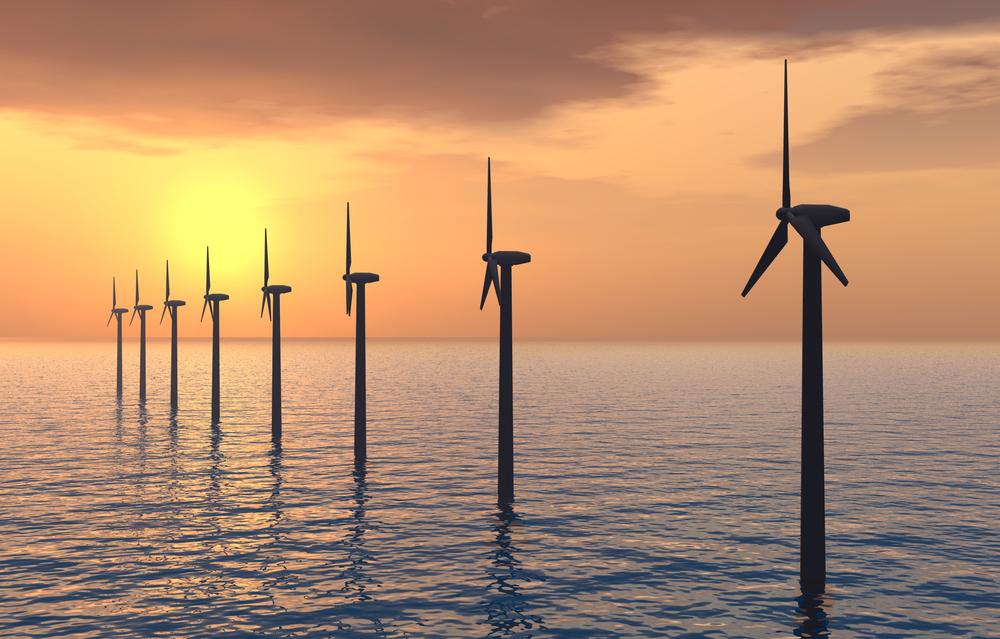The deployment of offshore wind to date has been focused on North West Europe, particularly the United Kingdom and Germany. Globally, countries such as China and the United States have ambitions for significant deployment of offshore wind but have made limited progress to date.
The primary driver for investment in offshore wind continues to be governments setting energy policy with a commitment to reduce carbon emissions. This is reflected in the medium term, where in Germany, the UK and France alone, ambitions for 30GW of offshore by 2020 have been set with further growth expected beyond 2020. In the longer term, the European Union recently set out its ambitions for renewable energy through to 2050 in its 2011 energy roadmap, which puts renewable energy at the heart of the shift to a decarbonised power supply.
This commitment to increase deployment of renewable energy has been most evident with EU governments in particular, where they have supported the sector through a variety of measures, the most important being revenue support commitments. While budget deficit issues have forced a rethink on support for renewables in some EU markets, the primary offshore wind regions have retained their commitment and indeed in Germany their commitment has increased, following the announcement of a phased withdrawal from nuclear power.
However the offshore wind sector is not without its challenges and these will need to be addressed if the sector is to fulfil its longer term potential. Of these challenges, the need to reduce the cost of offshore wind and to access new sources of finance in the longer term will be central to ensuring that the technology achieves its growth ambitions.
The current cost of offshore is c €180/MWh which is almost three times higher than the wholesale cost of power. These incremental costs for offshore wind are well above the incremental costs of onshore wind but below newer technologies such as wave and tidal. In any event these costs are currently recovered from end users through higher energy bills. In the current economic climate, there is even more scrutiny on the costs of energy and the offshore wind industry accepts that it will have to reduce its cost base over time. It is hoped that through a combination of new technology (increasing turbine size, performance and reliability) and optimising the supply chain for cost-efficient delivery of projects, this can bring the costs down to a level that minimises the required support.
As the size of offshore wind projects have increased, so too have the required levels of capital to deliver these projects. It is expected that new sources of capital will be required to supplement the current providers of capital (primarily large utilities). It can be expected that these sources of capital will be unlikely to take certain risks (e.g. construction) until the industry has a better track record of on-time budget delivery.
Policy makers are currently considering how they can facilitate solutions to both cost reduction and financing challenges to ensure that the industry can realise its growth potential.
This post is part of a series for the Global Energy Conversation, supported by Shell. For more information, visit the Global Energy Conversation website




